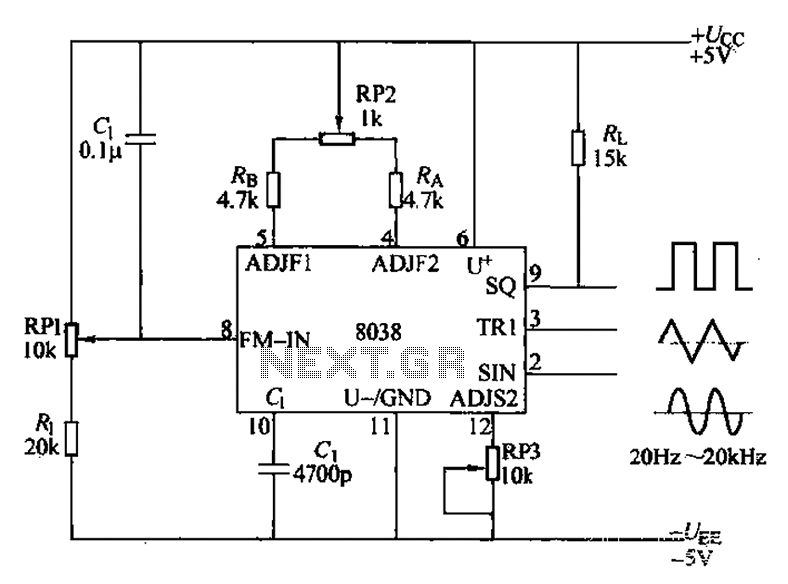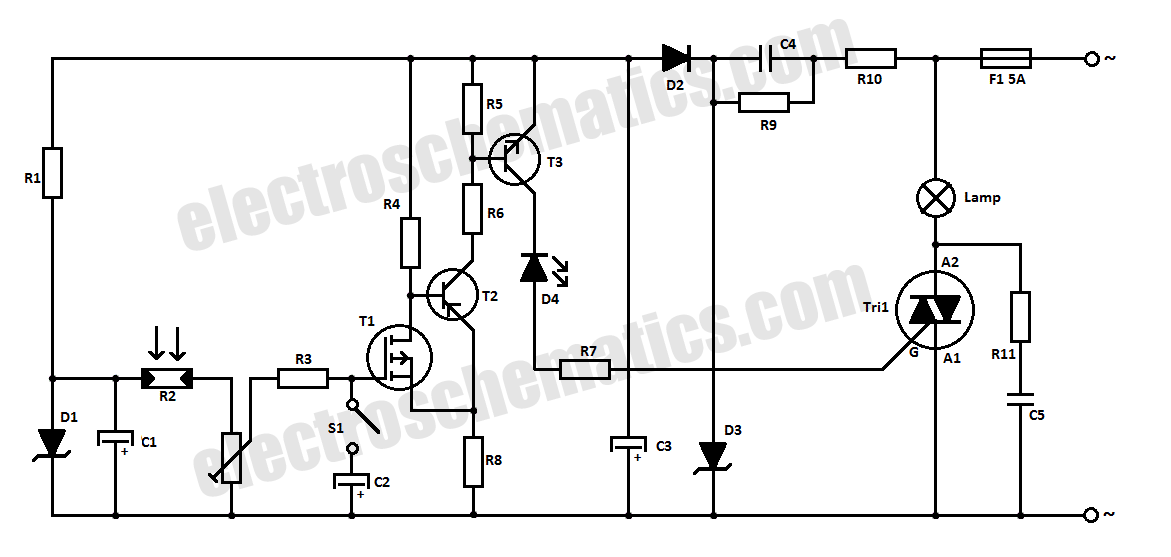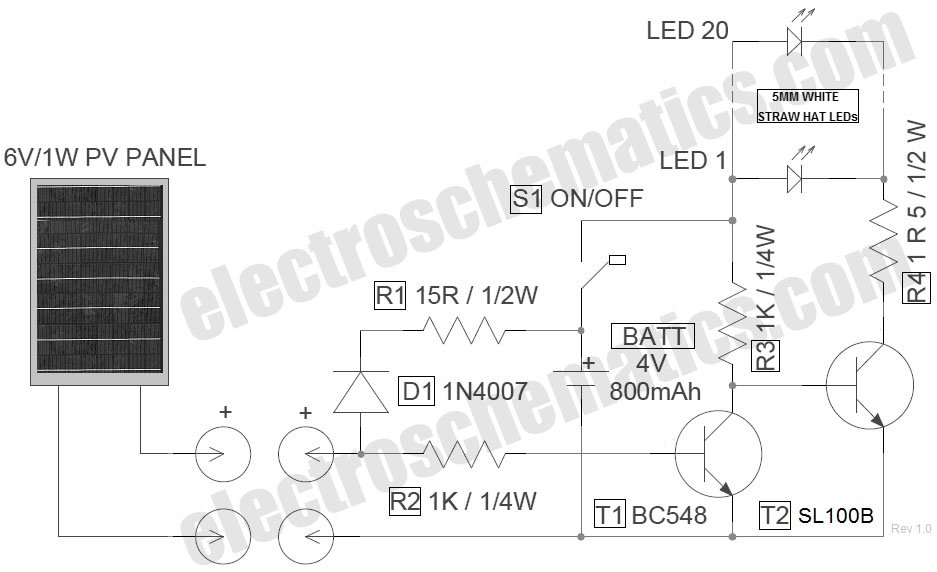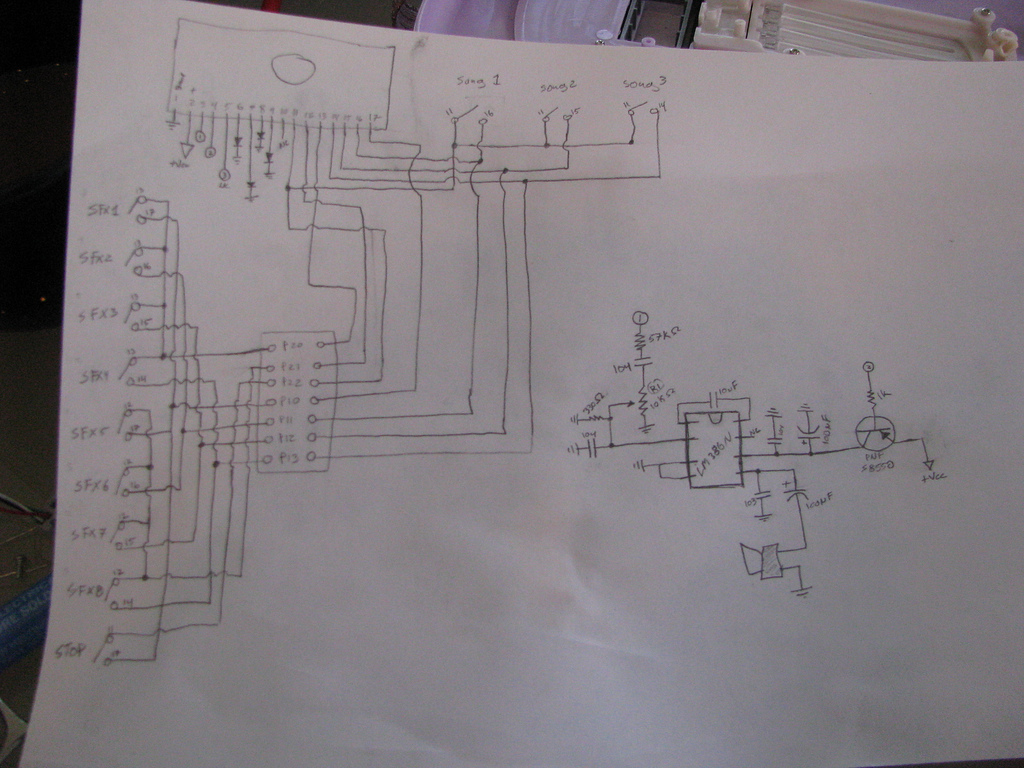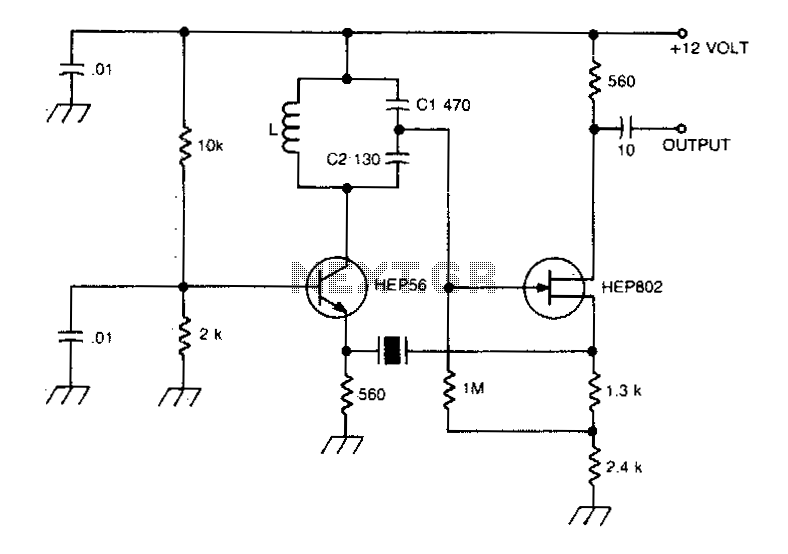
A small DC motor control circuit a
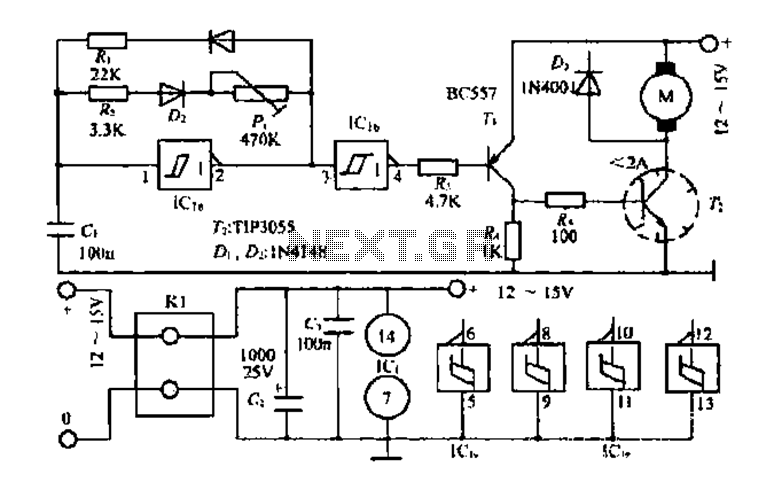
The core multi-resonant circuit 40 L06 has a collapse time of 1C. An auxiliary electric signal operates below its low threshold, opening Icl. The output is provided through two terminals for business use. The circuit includes components such as CI, D1, and Ri for fast charging. The voltage across the 1.5msiN member is monitored, and if it exceeds a high limit, the output is driven low. CI is influenced by the island code and the discharge process. The prototype circuit has a discharge time of 0.2 milliseconds and 25 milliseconds, resulting in an output signal duty cycle that varies between 5% and 90%. The circuit design incorporates feedback mechanisms to adjust the output pulse, which is directed to drive a motor while maintaining minimal resistance.
The core multi-resonant circuit 40 L06 is designed to operate efficiently under varying load conditions. The circuit functions by utilizing a combination of capacitors and inductors to create multiple resonant frequencies, allowing it to adapt to different operational parameters. The auxiliary electric signal serves as a control mechanism, ensuring that the circuit remains stable even when the input signal drops below a predetermined threshold.
Key components include CI, which acts as a capacitor for energy storage, D1, a diode for rectification, and Ri, a resistor that influences the charging rate. The fast charging capability of the circuit is essential for applications requiring rapid energy delivery, such as in motor drives or pulse modulation systems.
The monitoring of the voltage across the 1.5msiN member is critical for maintaining circuit integrity. If this voltage exceeds a specified high limit, the output is automatically reduced, preventing potential damage to downstream components. This feedback loop is vital for ensuring safe operation within the defined parameters.
The discharge characteristics of the prototype circuit indicate a quick response time, with a discharge duration of 0.2 milliseconds for rapid applications and a longer duration of 25 milliseconds for slower, more controlled operations. This flexibility allows the circuit to function effectively across a range of duty cycles, from 5% to 90%, making it suitable for various applications in industrial and commercial settings.
The output pulse generated by the circuit is capable of driving motors directly, providing a robust solution for electromechanical systems. The design minimizes resistance in the pathway to ensure maximum efficiency and performance, while the feedback mechanisms allow for precise control over the output characteristics, enhancing the overall reliability of the circuit in practical applications.Core multi-resonant circuit 40 L06 collapse is 1C.. Auxiliary electric f below its low threshold, open Icl. Output (2 feet) for the business l NIE., CI by D1 and Ri fast chargi ng. The voltage across the 1.5msiN member high column lcl. F] high limit, so tho output goes low. 1: Is the CI by the island, code and P discharge. Prophecy prototype circuit discharge time} Shu 0.2 milliseconds and 25 milliseconds. Therefore, the duty cycle of the output signal of between 5% and 90u/u change of. Groom bow and then by Ha shed backward to shake f group, and n H and the transistor in IC, h output pulse (4 feet) is still weeks rltiIA] turned on drive motor. Only minimal resistance elbow, turn contingent highest.
The core multi-resonant circuit 40 L06 is designed to operate efficiently under varying load conditions. The circuit functions by utilizing a combination of capacitors and inductors to create multiple resonant frequencies, allowing it to adapt to different operational parameters. The auxiliary electric signal serves as a control mechanism, ensuring that the circuit remains stable even when the input signal drops below a predetermined threshold.
Key components include CI, which acts as a capacitor for energy storage, D1, a diode for rectification, and Ri, a resistor that influences the charging rate. The fast charging capability of the circuit is essential for applications requiring rapid energy delivery, such as in motor drives or pulse modulation systems.
The monitoring of the voltage across the 1.5msiN member is critical for maintaining circuit integrity. If this voltage exceeds a specified high limit, the output is automatically reduced, preventing potential damage to downstream components. This feedback loop is vital for ensuring safe operation within the defined parameters.
The discharge characteristics of the prototype circuit indicate a quick response time, with a discharge duration of 0.2 milliseconds for rapid applications and a longer duration of 25 milliseconds for slower, more controlled operations. This flexibility allows the circuit to function effectively across a range of duty cycles, from 5% to 90%, making it suitable for various applications in industrial and commercial settings.
The output pulse generated by the circuit is capable of driving motors directly, providing a robust solution for electromechanical systems. The design minimizes resistance in the pathway to ensure maximum efficiency and performance, while the feedback mechanisms allow for precise control over the output characteristics, enhancing the overall reliability of the circuit in practical applications.Core multi-resonant circuit 40 L06 collapse is 1C.. Auxiliary electric f below its low threshold, open Icl. Output (2 feet) for the business l NIE., CI by D1 and Ri fast chargi ng. The voltage across the 1.5msiN member high column lcl. F] high limit, so tho output goes low. 1: Is the CI by the island, code and P discharge. Prophecy prototype circuit discharge time} Shu 0.2 milliseconds and 25 milliseconds. Therefore, the duty cycle of the output signal of between 5% and 90u/u change of. Groom bow and then by Ha shed backward to shake f group, and n H and the transistor in IC, h output pulse (4 feet) is still weeks rltiIA] turned on drive motor. Only minimal resistance elbow, turn contingent highest.
Warning: include(partials/cookie-banner.php): Failed to open stream: Permission denied in /var/www/html/nextgr/view-circuit.php on line 713
Warning: include(): Failed opening 'partials/cookie-banner.php' for inclusion (include_path='.:/usr/share/php') in /var/www/html/nextgr/view-circuit.php on line 713
